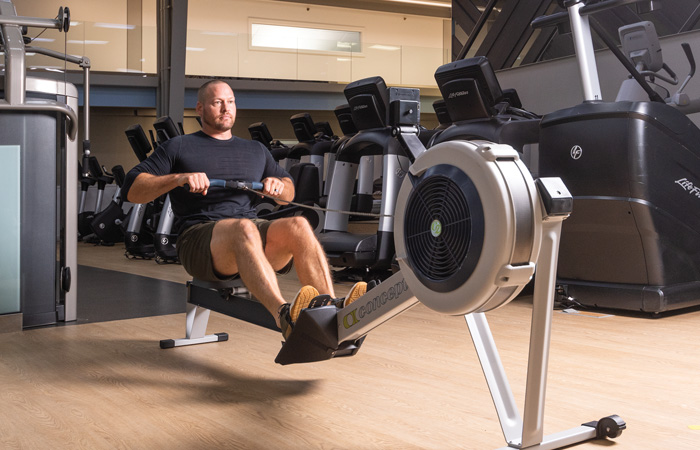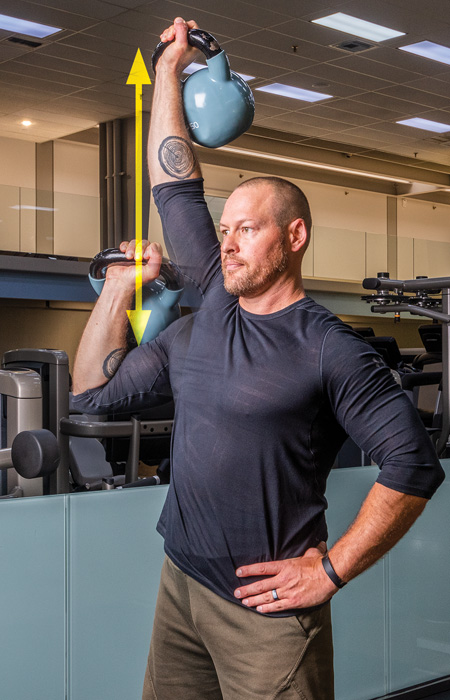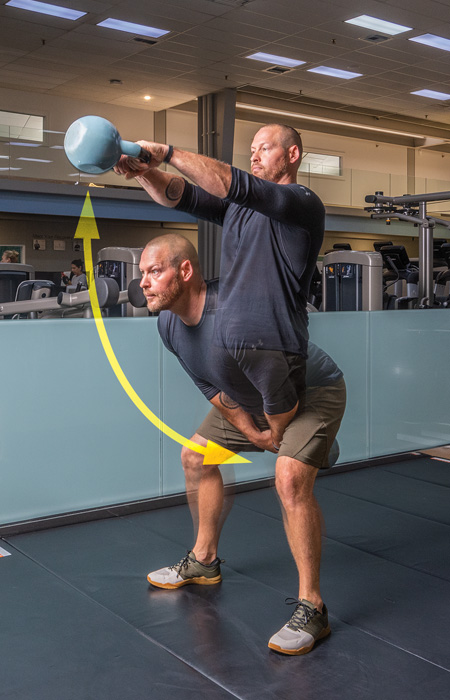Golfing presents many health and psychosocial benefits due to it’s physical activity and social interaction. And although the benefits are great, one of the most common complaints I hear from clients who golf regularly is that they have reoccurring low back pain.
The golf swing is a repetitive, asymmetrical motion that includes high forces that are in nature, compressive and torsional loading on the spine. And if you love the game, you’ll repeat that same motion multiple days a week golfing a few rounds along with a few buckets of golf balls hit on the driving range.

Flexion

Extension

Side Bend

Rotation
Where does our back movement come from?
The spine is made up of three sections, 33 vertebral bones, 40 muscles and 364 joints, not to mention various ligaments and connective tissue. To have and maintain full range of motion in our back, it is key that all of these components are functioning to their full capacity.
Risk factors to low back pain in golf.
The mechanics of the golf swing have gotten a lot of credit for low back pain over the years. Other factors may include: asymmetrical hip range of motion, method used to transport your golf bag, general strength surrounding back and core, strength in hip musculature and limited abnormal ankle mechanics.
How do we prevent low back pain in golfers?
Range of Motion: It is key to have full range of motion in your spine from your head to your low back. Going through full ranges pre and post golfing is a great start to allowing your back to prepare for the higher loads during impact. I recommend going through all ranges of motion: flexion, extension, rotation and side bending.

On non-dominant side, rotate into backswing, forward into downswing rotation releasing ball on trampoline

Stretching: If you are lacking range of motion and tend to feel pain and tightness in your lower back, stretching the muscles surrounding the spine is important. Stretches should last a minimum duration of 45 seconds, should be complete twice, and on both sides. Do not forget to include muscles above and below the area of intent. For example, hips and legs should not be neglected as they attach directly into our pelvis and plays a role into our spinal mechanics.

On back, bend knee and rotate it over to opposite side. Hold for 45-60s. Stretch should be felt in lower back and/or hip.
Asymmetrical Training: Don’t neglect your non dominant side! The high repetitive use of our spine in one direction causes a significant imbalance in our body. It is important to train the opposite direction to maintain equilibrium. In the gym or at home, add in rotational movements that incorporate going to the opposite side of your golf swing. This can include medicine ball throws, cable rotations or even swing the golf club on the opposite side for range of motion.
Although many factors come into play, small changes can help you maintain a healthy back to keep you out on the golf course.